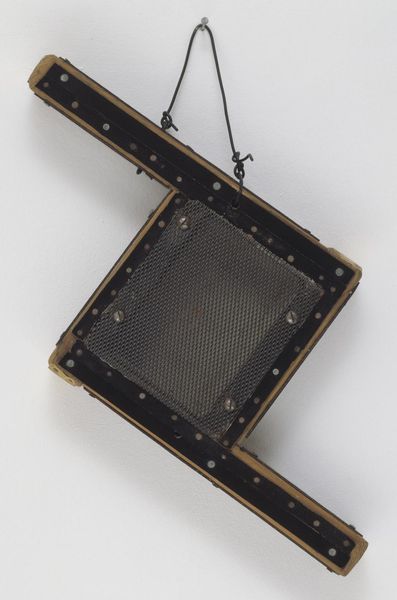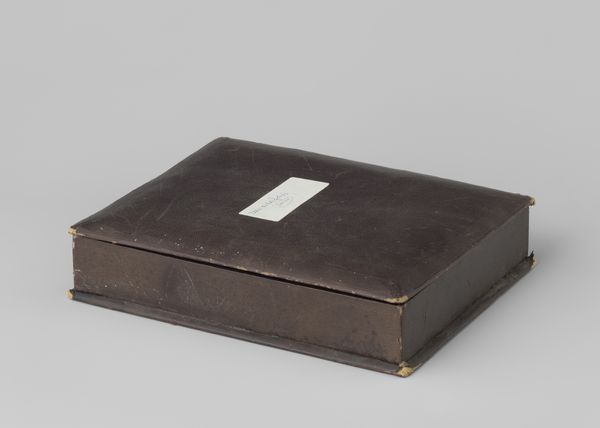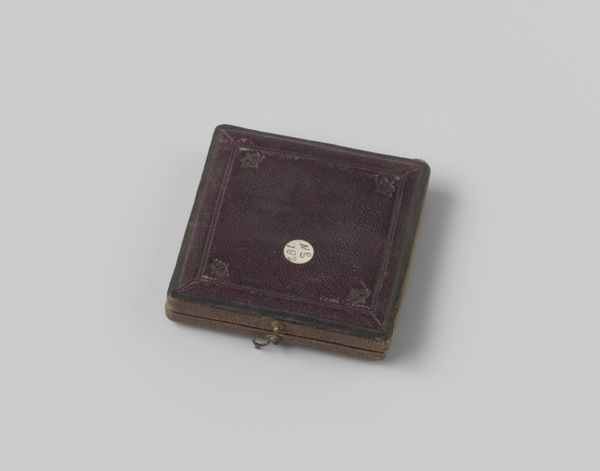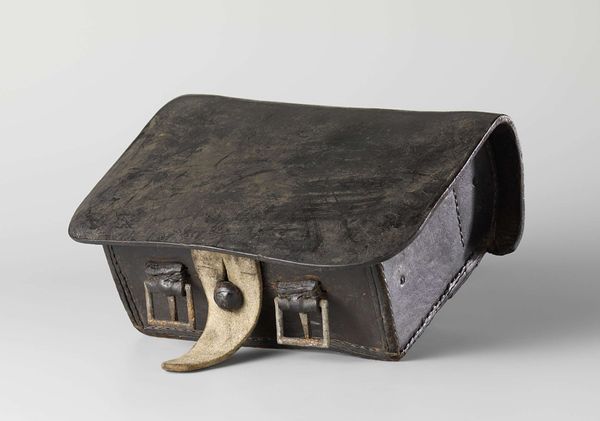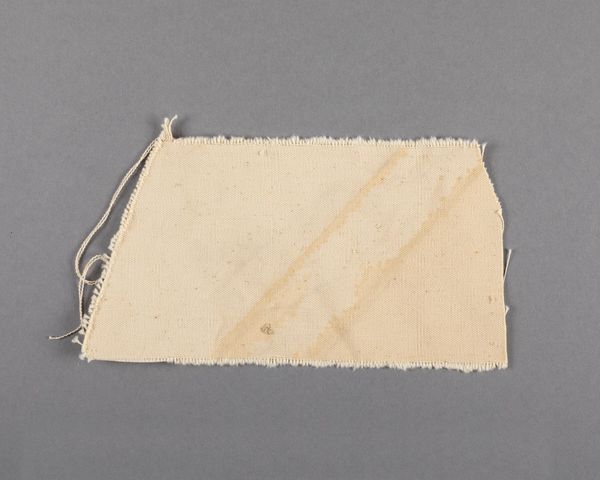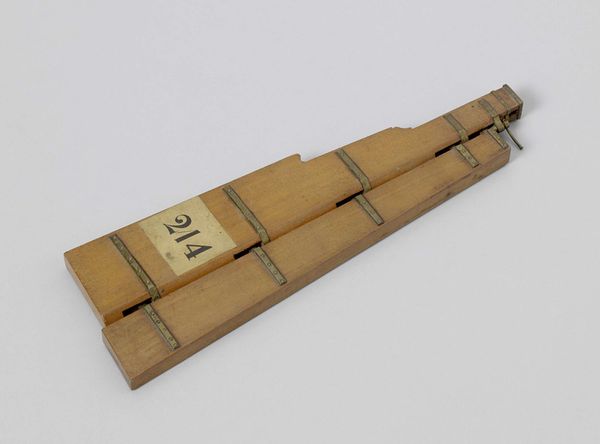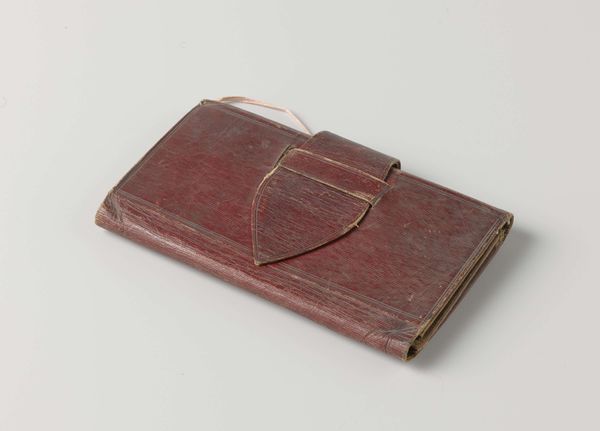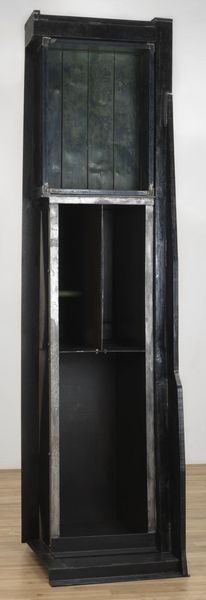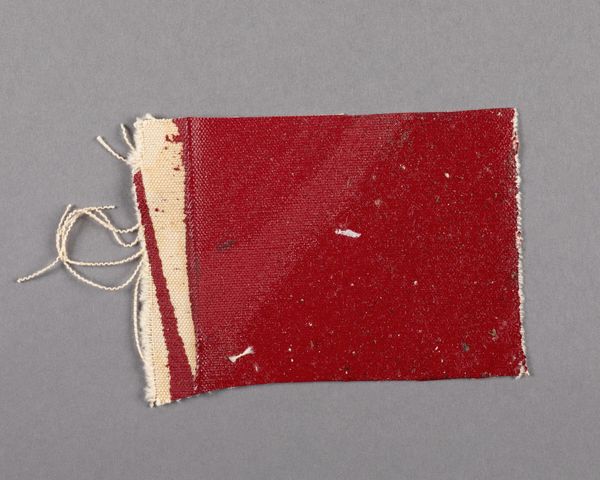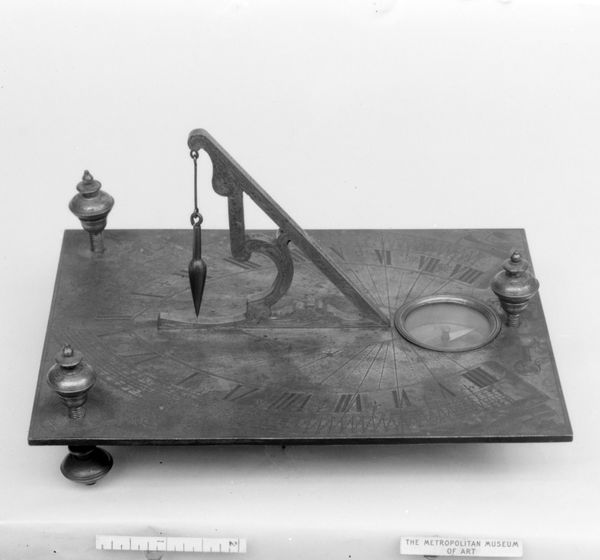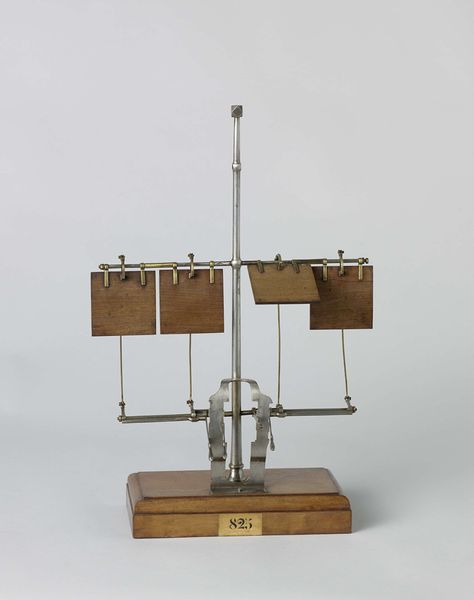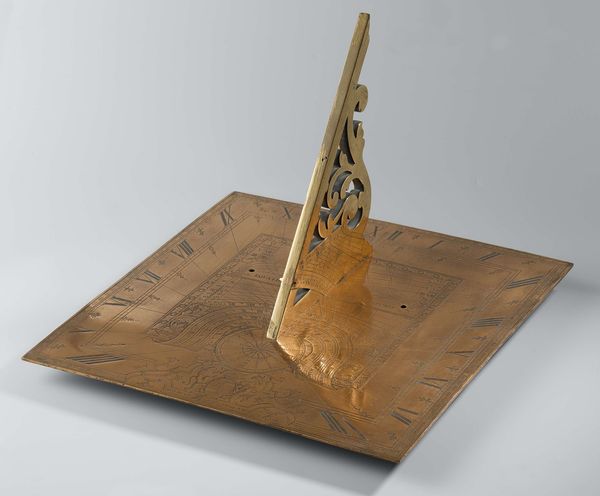
Dimensions: displayed( variable) 220 x 295 x 52 mm, 0.8 kg
Copyright: © Estate of Paul Neagu | CC-BY-NC-ND 4.0 DEED, Photo: Tate
Curator: Before us is Paul Neagu's "Tactile Object 3", an intriguing sculpture currently residing in the Tate Collections. It strikes me as something between a tool and a puzzle. Editor: I see it, it gives me a sort of melancholic feeling, like a forgotten toy from my grandfather's attic. The materials seem worn but sturdy. Curator: Neagu was fascinated by the idea of art engaging multiple senses. The title itself suggests a hands-on experience, something that transcends visual consumption. He encourages us to consider how we might experience this work through touch. Editor: Exactly! It’s calling out for interaction. The rough edges, the contrasts of wood and darker material, make me wonder about the stories these materials could tell if they could speak. Curator: In many ways, the "Tactile Objects" challenge the art world's historically exclusionary practices and demand greater engagement and access, disrupting the passivity traditionally associated with viewership. Editor: I love that! It feels like Neagu is saying, "Art isn't just for looking; it's for feeling, questioning, and playing." Curator: It really is a compelling piece that prompts us to rethink our relationship with art. Editor: I completely agree; it really invites you to create your own meaning.
Comments
Join the conversation
Join millions of artists and users on Artera today and experience the ultimate creative platform.
tate 7 months ago
⋮
When Neagu first exhibited these small-scale sculptures he suspended them from the walls and ceiling of a darkened gallery. Visitors were encouraged to feel their way around the room, experiencing the works by touch. Neagu considered sight to be an overused sense. In his Palpable Art Manifesto of 1969 he called for ‘one public, palpable art through which all the senses, sight, touch, smell, taste will supplement and devour each other so that a man can possess an object in every sense.’ Gallery label, August 2004
